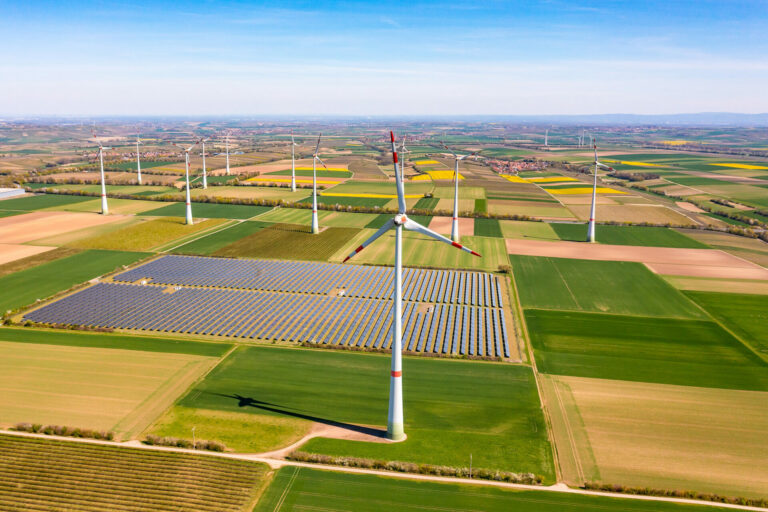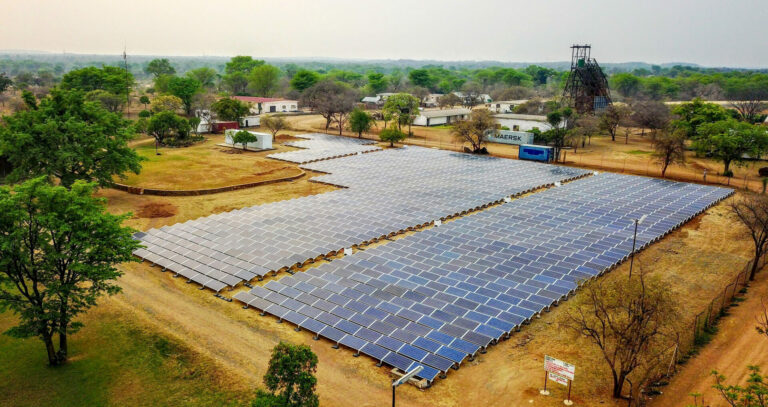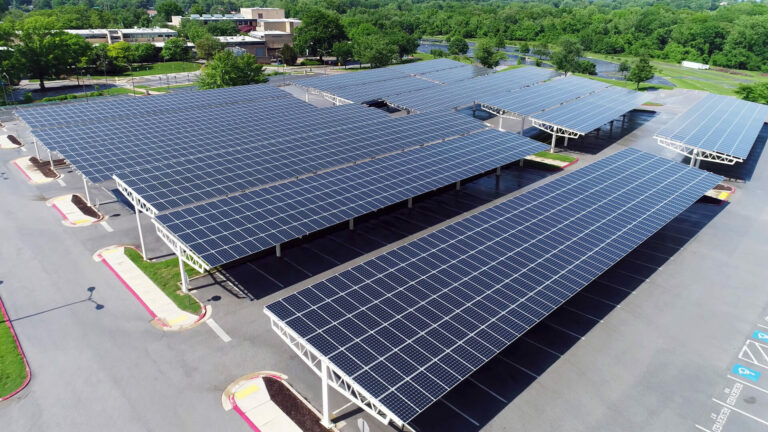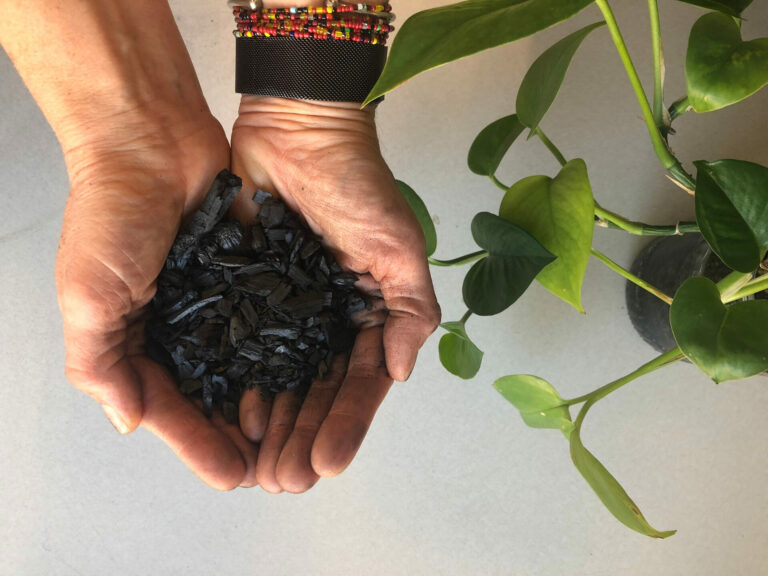In the past number of years, business owners have become ever more accepting of the need for accountability, particularly in the area of emissions and sustainability. It is now commonplace across all industries to evaluate the impact your product or project is having on the environment and take steps towards reducing or eliminating this footprint. The construction world is no different. In fact, figures on carbon emissions within construction make for stark reading. In 2019, the United Nations Environment Programme reported that the construction industry accounted for 38% of all global emissions. Rather than being evident of a decline, this figure marked the highest ever level since records began. In short, buildings are energy heavy, and the industry has a job on its hands figuring out how to navigate this potential tragedy. Furthermore, according to the International Energy Agency, building emissions needs to fall by 50% in order to reach net-zero by 2030.
When a society, and in particular an industry within it, develops and moves forward, a re-think can be required; a shift in the accepted norms that dictate how things are made and viewed. Given the level of change and innovation that is required within the construction world to meet this challenge head on, it is unavoidable that a pivot in mindset is called for. Developments of this magnitude are not easy, however. Industries can be reluctant to embrace the modern. Companies and suppliers, tradesmen and architects; all are skilled in what they know and what is new is also unproven. This in itself does not breed confidence.
“By shifting our ideas to one of constant interaction between a building and the elements, we reach a concept known as bioconstruction.”
This change can be hard fought and face stern opposition from those operating within the status quo. While the construction industry struggles to grasp the necessary changes around its carbon emissions, genuine change is slowly emerging. It is understandable that architects and builders have, until now, relied on ‘hard’ materials such as concrete and glass to build structures. These materials are historically proven to protect the individuals within the building from external elements such as rain and low temperatures. There is, however, an alternative way of thinking about structures and how they operate. The first re-think required is to reconsider and replace the word protect, with interact. By simply blocking out natural elements, buildings are inadvertently wasting fresh water and other vital resources. By shifting our ideas to one of constant interaction between a building and the elements, we reach a concept known as bioconstruction.
Bio Houses were first developed and built in Europe. However, their lineage in the U.S. dates back to pioneering work that was done in the 1970’s by ecologists John Todd, Nancy Jack Todd and William McLarney. The trio founded the New Alchemy Institute which designed buildings that worked with elements of the natural environment such as solar power, organic agriculture, aquaculture and bio-shelter designs. Since then, the area has blossomed and innovators within the area are making the industry shift its perception of what a building is and what is can be. Built using natural organic materials, Bio Houses allow a more sustainable relationship with the outside world. These chemical exchanges between the internal and external create and allow permeability into the building process. While, from a structural point of view, this may seem risky, evidence shows that these fears are unfounded. In fact, for over twenty years, biomaterials have been used in construction.
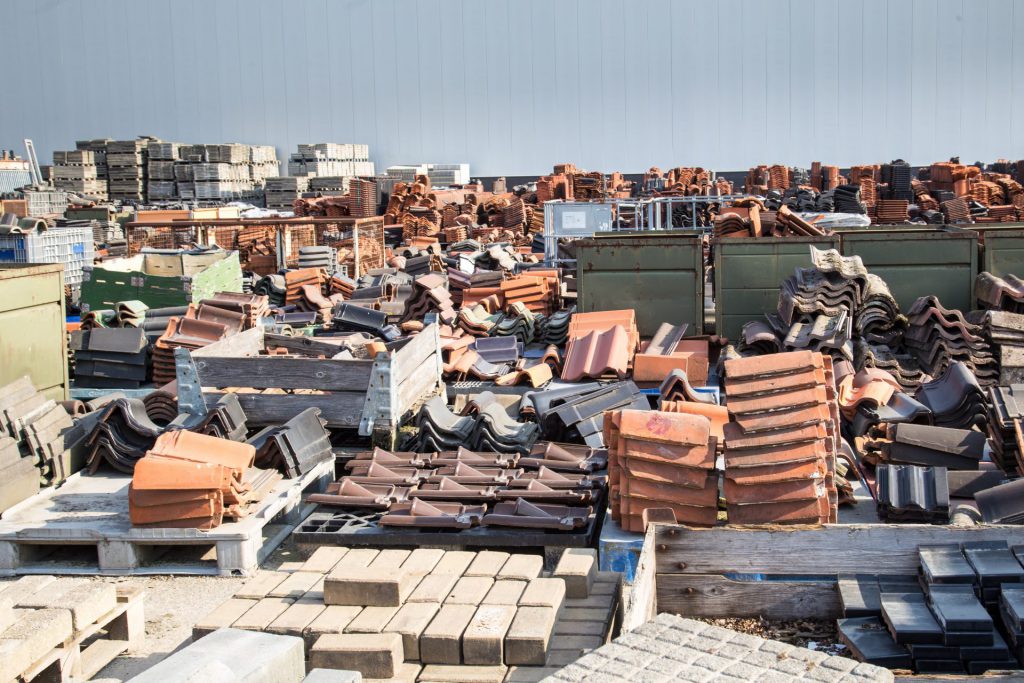
Mycotecture is the term used to describe a building that has been constructed using blocks made from fungal roots which are as strong as concrete. The blocks are constructed using mycelium which is the compound filament that mushrooms use as roots. This material is fireproof, resistant to mold and water and, rather astonishingly, can reach a higher hardness than concrete at the same weight. The process itself, while slower than that of concrete, is relatively simple; the dried mycelium can be shaped into any form needed such as bricks and used as part of the build. This, in turn, has led to exciting advancements and innovative companies such as Redhouse Studio, a humanitarian design firm that works with a technique called ‘biocycling’. Founder of the company, Christopher Maurer identified the huge number of derelict housing in his home city of Cleveland, OH, and created a process where the construction waste is combined with mycelium to produce a new material. Christopher says that this came about through a need to redevelop the city. “The housing stock is so cheap and so derelict that most people want to just tear it down. That waste just ends up in landfills for the most part, as it’s too expensive to extract any of the good materials. Our ultimate goal would be to turn houses into new houses,” he explains. “So it would be recycling entire structures.”
“The company uses microorganisms to grow sustainable structural cement materials for the construction industry.”
Another exciting development that may also provide a genuine opportunity to reach emissions targets is being developed and rolled out in Research Triangle Park, North Carolina. Biomason has developed blocks that do not need firing and are as durable as traditional masonry. According to the company, these blocks are built “with carbon, the same way nature does. The company uses microorganisms to grow sustainable structural cement materials for the construction industry. Biomason’s technology harnesses the power of biology to reinvent traditional portland cement offering a stronger and CO2-neutral alternative.” Through a biological process that eliminates the need to emit carbon by removing calcination, the company is able to produce what it calls Biocement. This process enables production of cement tiles with the lowest carbon footprint on the market. In terms of the potential to revolutionize the construction industry and, most importantly, its carbon emissions, Ginger Krieg Dosier, Co-Founder and CEO of Biomason is confident. “Our biocement technology is ushering in a new era of construction – one that uses carbon as a building block rather than emitting it as a byproduct.”
While it is clear that this cross over between science and engineering is still a developing area, it does provide us with a glimpse of the possibilities available. Although reluctance remains across the construction industry to move away from the materials that have been relied upon for generations, the first steps in proving their worth are being taken. The industry needs change and the posturing and weak claims of sustainability are simply not enough anymore. It is clear that within our industry is the potential and knowledge required to meet targets and challenges head on. It is an industry that thrives under pressure and always delivers. Perhaps, unlike previous revolutions, the solution has been here all along. Alternatives do not need to be invented; they are in the ground we are building on. While digging up the soil, we have neglected to acknowledge the incredible materials right under our noses. The future of buildings is here already. We were just unaware of its full potential.










